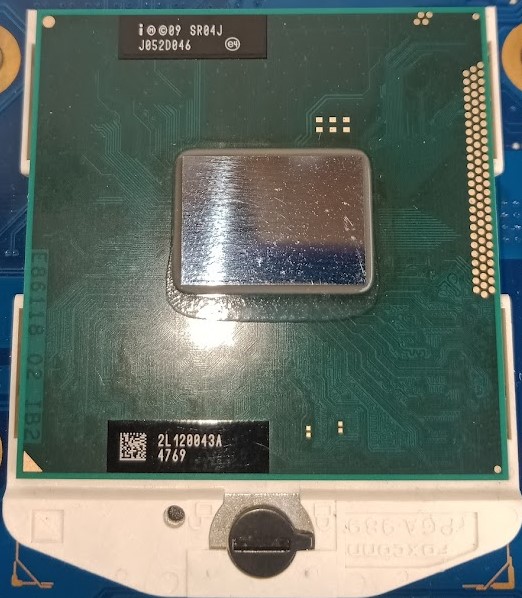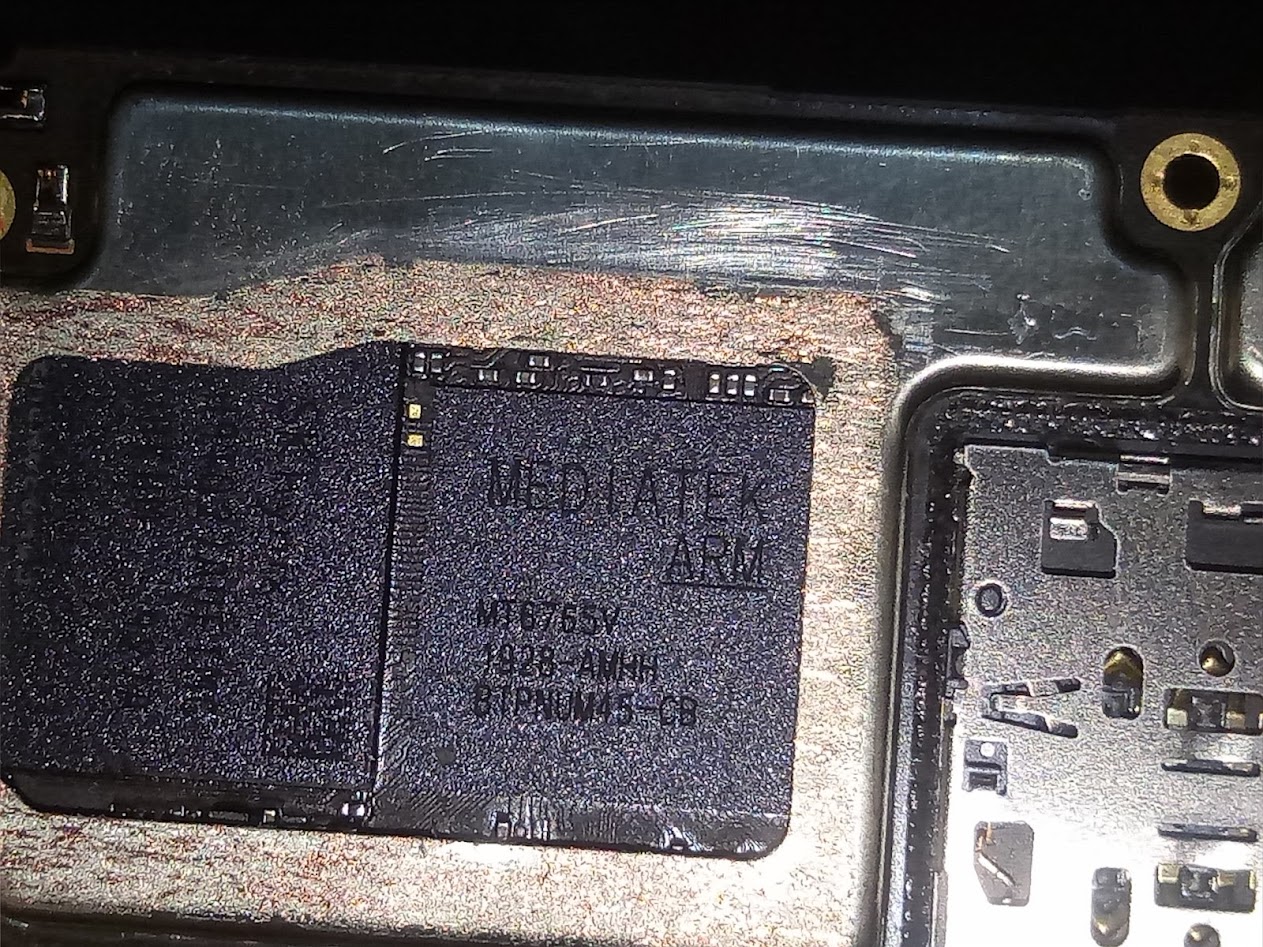Comparing: Intel HD Graphics 3000 Mobile vs IMG PowerVR Rogue GE8320 680MHz
In this comparison, we analyze two Videocards: Intel HD Graphics 3000 Mobile and IMG PowerVR Rogue GE8320 680MHz, using synthetic benchmark tests to evaluate their overall performance. This side-by-side comparison helps users understand which hardware delivers better value, speed, and efficiency based on standardized testing. Whether you're building a new system or upgrading an existing one, this benchmark-driven evaluation offers valuable insights to guide your decision.

Intel HD Graphics 3000 Mobile
| Type: | Videocards |
|---|---|
| Brand: | Intel |
| Model: | HD Graphics 3000 Mobile |

IMG PowerVR Rogue GE8320 680MHz
| Type: | Videocards |
|---|---|
| Brand: | Imagination |
| Model: | PowerVR GE8320 680MHz |
Specification Comparison Table
This specification comparison presents technical details of several devices or components to help you understand the key differences between each option. Use this table as a reference to determine which device best suits your needs.
| Specification | Intel HD Graphics 3000 Mobile | IMG PowerVR Rogue GE8320 680MHz |
|---|---|---|
| Architecture | Sandy Bridge | PowerVR Series8XE |
| Codename | Sandy Bridge GT2 | - |
| Buswidth | 128 bit | - |
| Clock | 650 MHz - 1100 MHz | 400 MHz - 680 MHz |
| Memory Clock | SHARED | - |
| Technology | 32 nm | 20 nm |
| Interface | IGP | IGP |
| Technology | 32 nm | 20 nm |
| Segment | Laptop | Mobile |
Submission Comparison Table
This submission comparison table displays the number and details of benchmark data submissions from various devices or components. This information helps you understand the performance based on the benchmarks that have been tested, as well as providing an overview of the consistency and popularity of the available benchmark results.
| No. | Benchmark Software | Intel HD Graphics 3000 Mobile | IMG PowerVR Rogue GE8320 680MHz |
|---|---|---|---|
| 1 | 3DMark - Ice Storm |
29702 marks |
10470 marks |
| 2 | 3DMark - Ice Storm Extreme |
17915 marks |
7779 marks |
| 3 | 3DMark - Ice Storm Unlimited |
29806 marks |
11663 marks |
Submission Comparison Chart
This chart visualizes the benchmark scores comparison between two hardware devices based on submitted data.
Media Gallery
A collection of photos of tested hardware. These images can help you identify the physical form, model, and variant of the hardware in question. These photos are from our own documentation, and if they are not available we may not be able to document them.
About Hardware Intel HD Graphics 3000 Mobile
Intel HD Graphics 3000 is an integrated GPU present in the Intel Core i3-2330M processor, part of the second generation of Intel Core based on the Sandy Bridge architecture, released in 2011. The GPU has 12 execution units (EUs) and is capable of operating at speeds up to 1.3 GHz on mobile variants, making it a significant improvement over the previous generation of Intel HD.
Support for DirectX 10.1, OpenGL 3.1, and technologies such as Intel Quick Sync Video make the HD Graphics 3000 capable of handling HD video playback smoothly, including 720p and 1080p formats. The graphics performance is capable enough for light multimedia needs, such as video streaming, simple image editing, and running office applications without any significant problems.
In the context of gaming, the Intel HD 3000 is still capable of running some light and retro games, such as Counter-Strike: Source, Dota 1, The Sims 2, and Need for Speed: Most Wanted (2005) with low graphics settings. However, for modern games with high graphics requirements, this GPU has started to lag behind and does not provide an optimal experience.
This GPU does not have its own VRAM and relies on system RAM, so its performance is highly dependent on the memory configuration. With dual channel 4GB DDR3 RAM, such as the one used in the SAMSUNG 300E4Z laptop, the graphics performance can be more stable than a single channel configuration.
Overall, the Intel HD Graphics 3000 offers a balance between power efficiency and basic performance, making it a viable solution for entry-level laptops with daily use needs. Although it is relatively old, this GPU is still sufficient for light computing activities, especially on operating systems like Windows 7.
Hardware Detail:
Device: SAMSUNG 300E4Z
RAM: 4GB DDR3 Dual Channel
OS: Windows 7
Friday, 05 February 2021 15:48:13 | Update: 1 month ago
About Hardware IMG PowerVR Rogue GE8320 680MHz
The PowerVR GE8320 is Imagination Technologies' Rogue architecture-based integrated GPU embedded in the MediaTek Helio P35 (MT6765) SoC. The GPU comes with two shader clusters and runs at a frequency of up to 680 MHz, delivering good power efficiency and sufficient performance for lightweight graphics needs in entry-level smartphones.
With support for modern graphics APIs such as OpenGL ES 3.2, Vulkan 1.0, and OpenCL 1.2, the PowerVR GE8320 is capable of running a variety of multimedia applications and light games on Android devices. While not ideal for intensive 3D games or professional graphics applications, this GPU still provides a smooth user experience in everyday activities such as video playback, social media, browsing, and light multitasking.
This GPU is used in entry-level devices like the OPPO A5s and OPPO A15s, which feature 3/32GB and 4/64GB RAM and storage configurations, respectively. In a 30°C ambient temperature test using a DHT11 sensor, devices with this GPU showed fairly stable thermal performance. Using the OPPO A15s is more recommended for testing and using the latest apps due to its higher operating system support (Android 10), while some apps no longer support Android 8.
The PowerVR GE8320 GPU demonstrates competitive performance in a series of synthetic tests. In the 3DMark Ice Storm benchmark, this GPU achieved a score of 10,470 points, indicating its ability to handle light to medium graphics. In the 3DMark Sling Shot Extreme benchmark, the PowerVR GE8320 scored 404 points, reflecting its limits in handling heavy graphics processing based on OpenGL ES 3.1. Meanwhile, in the AnTuTu v9 GPU-specific benchmark, it recorded a score of 12,248 points, positioning it as an efficient entry-level graphics solution for everyday needs. Finally, in Geekbench 4 Compute, the GPU achieved a score of 3,284 points, demonstrating sufficient computational performance to run applications with basic graphics acceleration. Overall, the PowerVR GE8320 is suitable for use in mid-to-low-end mobile devices with moderate graphics requirements.
These benchmark results show that the PowerVR GE8320 is capable of handling basic graphics quite well, but it is not intended for heavy graphics workloads. This GPU is ideal for use in devices with HD screen resolutions that are focused on battery efficiency and a smooth daily usage experience.
Hardware Detail:
Device: OPPO A5s & OPPO A15s.
Device Specs: MediaTek MT6765, 3/32 (A5s), 4/64 (A15s), Android 8 (A5s), Android 10 (A15s).
Room Temperature: 30°C based on DHT11 Sensors.
* I use the OPPO A15s device as an addition to the Imagination PowerVR Rogue GE8320 680MHz hardware, because some applications do not support devices with Android 8 version
Sunday, 08 September 2019 11:02:46 | Update: 5 days ago




